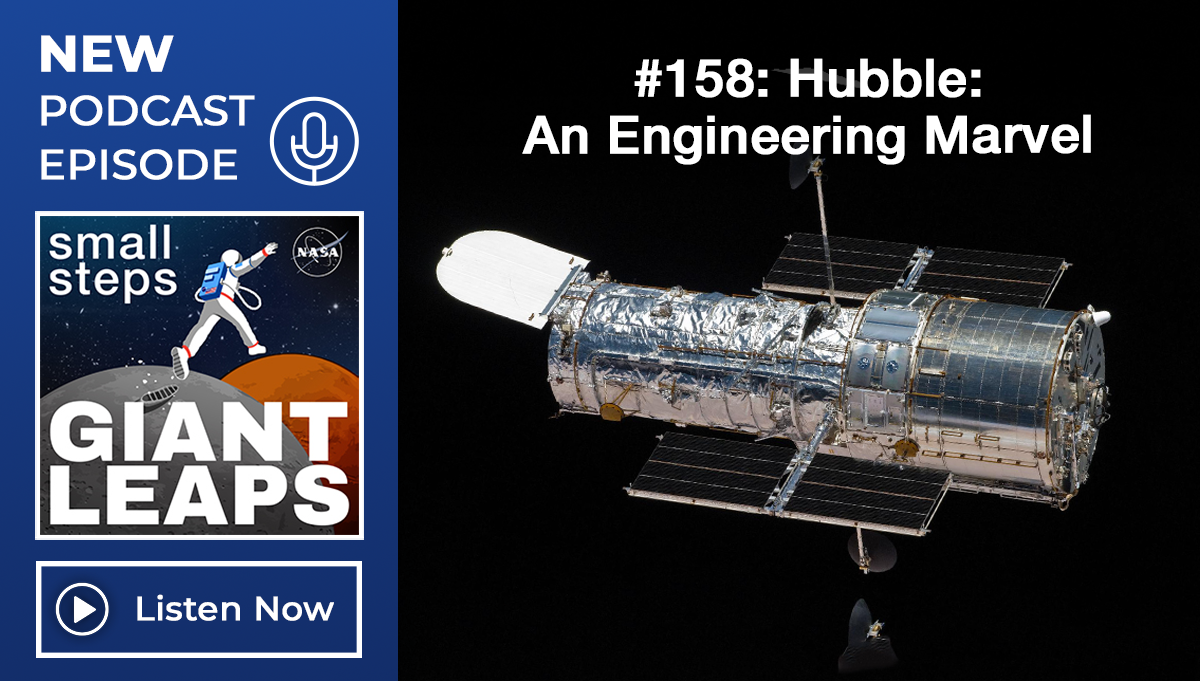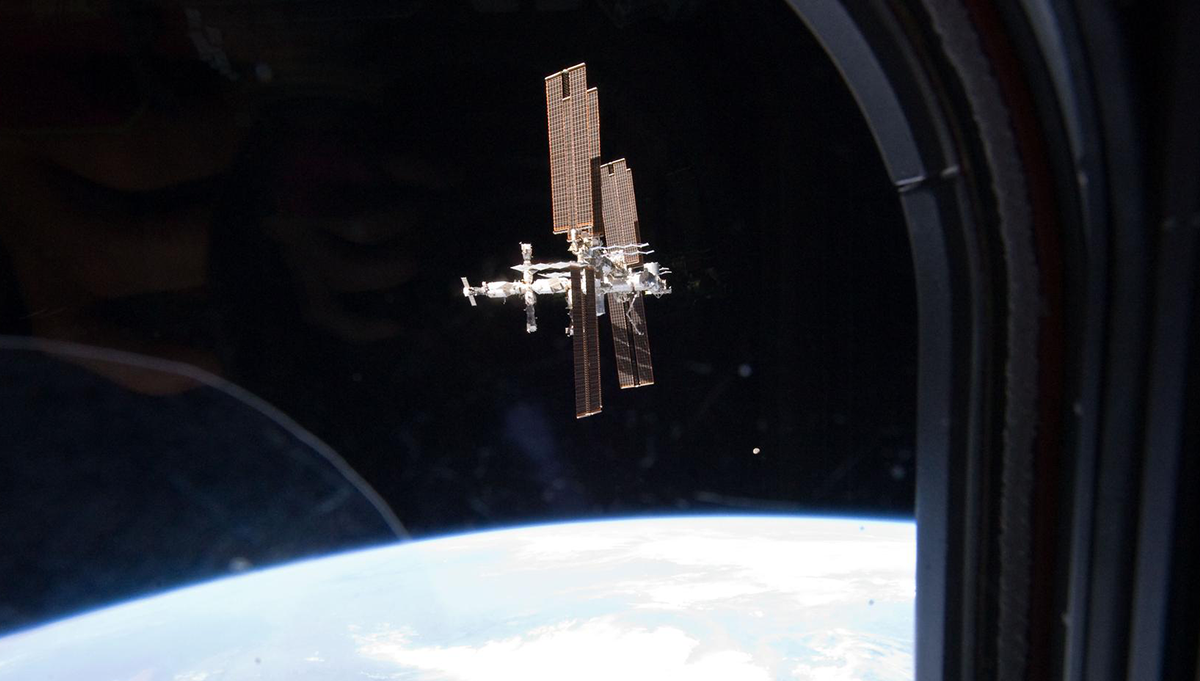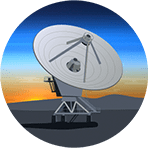By Ed Hoffman Eleven years ago, the Government Accountability Office (GAO) issued a report about NASA’s effectiveness—or lack of effectiveness—as a knowledge organization.
Type: Webpage

Don Cohen, Managing Editor In her reflection on seven years of learning and writing about NASA projects (“What I’ve Learned from NASA”), ASK editor Kerry Ellis identifies adequate testing as an essential contributor to mission success.

By Laurence Prusak I’d like to talk about an F word that is probably heard less in most organizations than that other F word—the one you thought I meant. The F word I have in mind is “failure.”

By Don Cohen Originally a co-op student at Goddard Space Flight Center, Alan J. Lindenmoyer has worked on human spaceflight programs for more than thirty years. In 2005, he was appointed manager of the Commercial Crew and Cargo Program, which manages Commercial Orbital Transportation Services (COTS), at the Johnson Space Center.
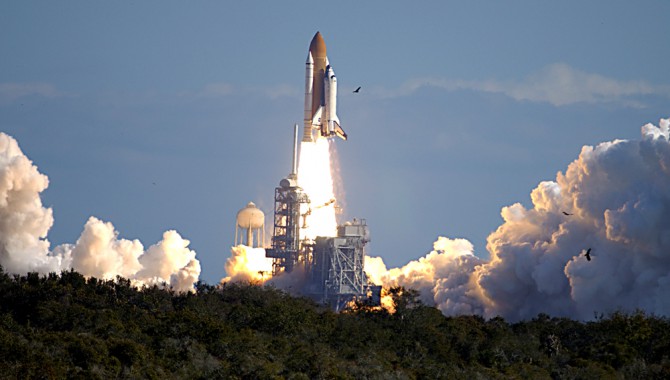
Vol. 6, Issue 1 The loss of the crew of STS-107 aboard Space Shuttle Columbia on February 1, 2003 marked a turning point for NASA.
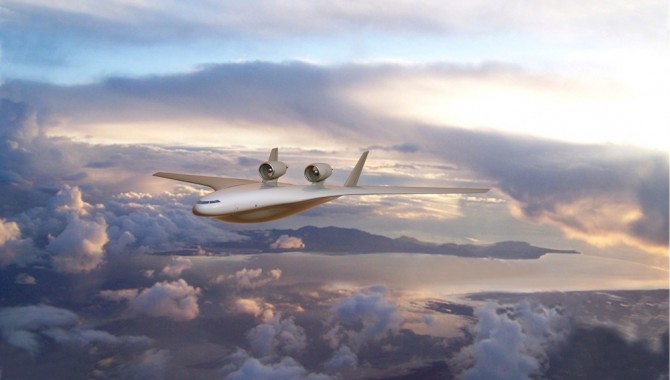
Vol. 6, Issue 1 Susan Minor shares her insights about knowledge management practices within the Aeronautics Research Mission Directorate.
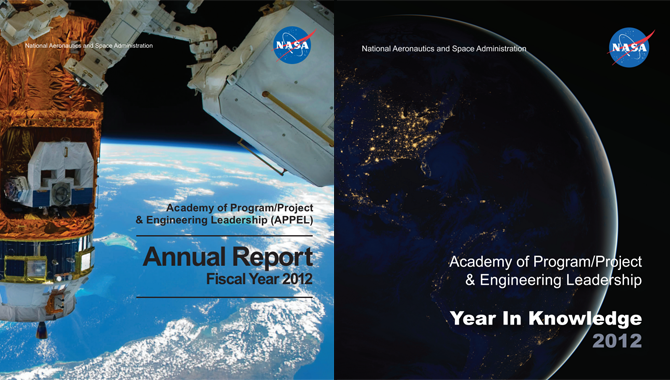
Vol. 6, Issue 1 The 2012 Year in Knowledge anthology and Annual Report are available.

Vol. 6, Issue 1 Digital platforms are enabling government agencies to do more with less, according to a recent report by the Partnership for Public Service.
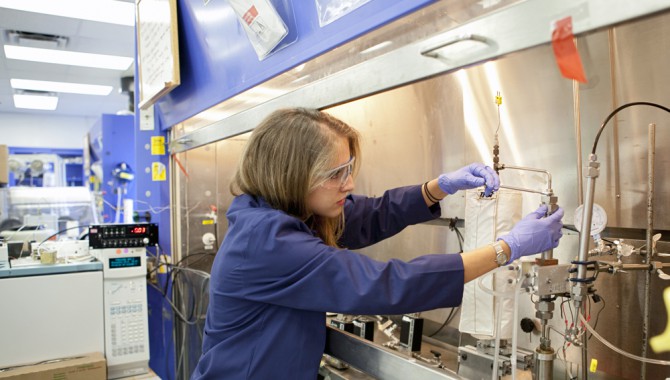
Vol. 6, Issue 1 Young professionals at Kennedy Space Center (KSC) shared how they seek out and share knowledge at NASA—and it doesn’t involve tweeting or texting.


